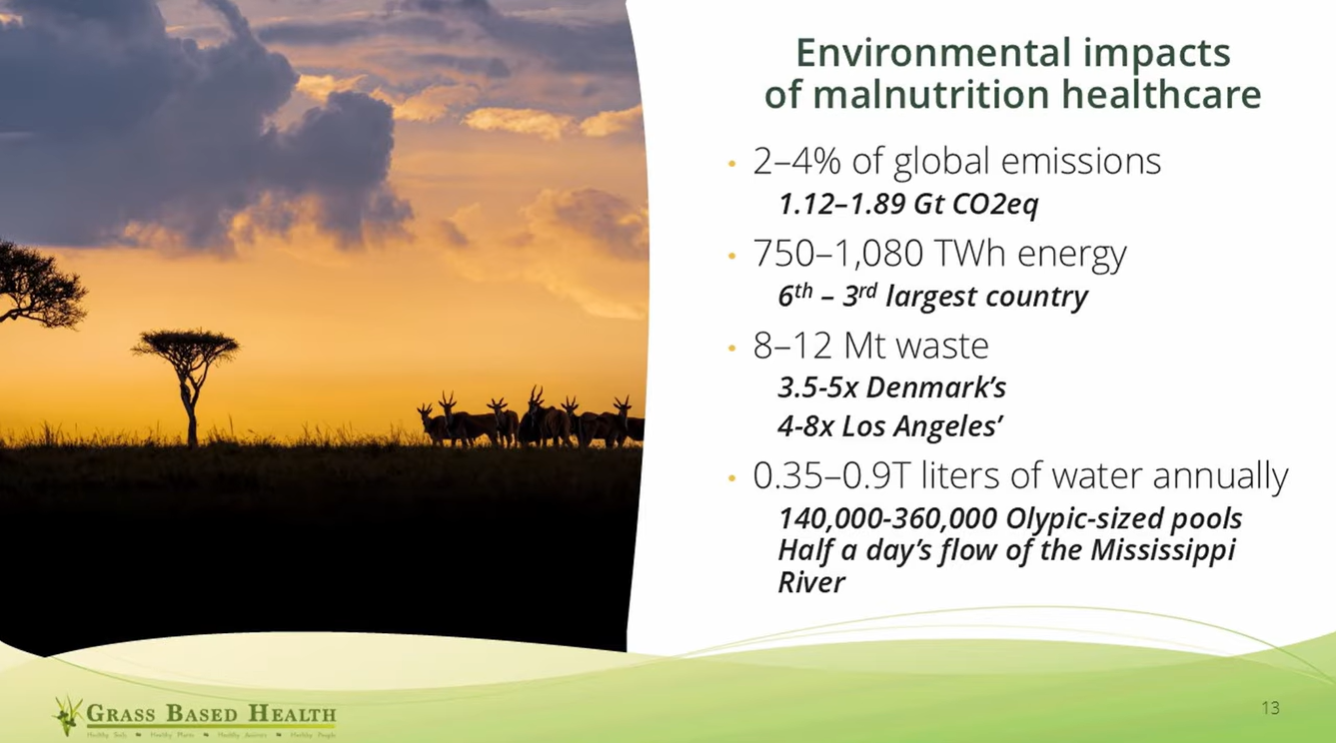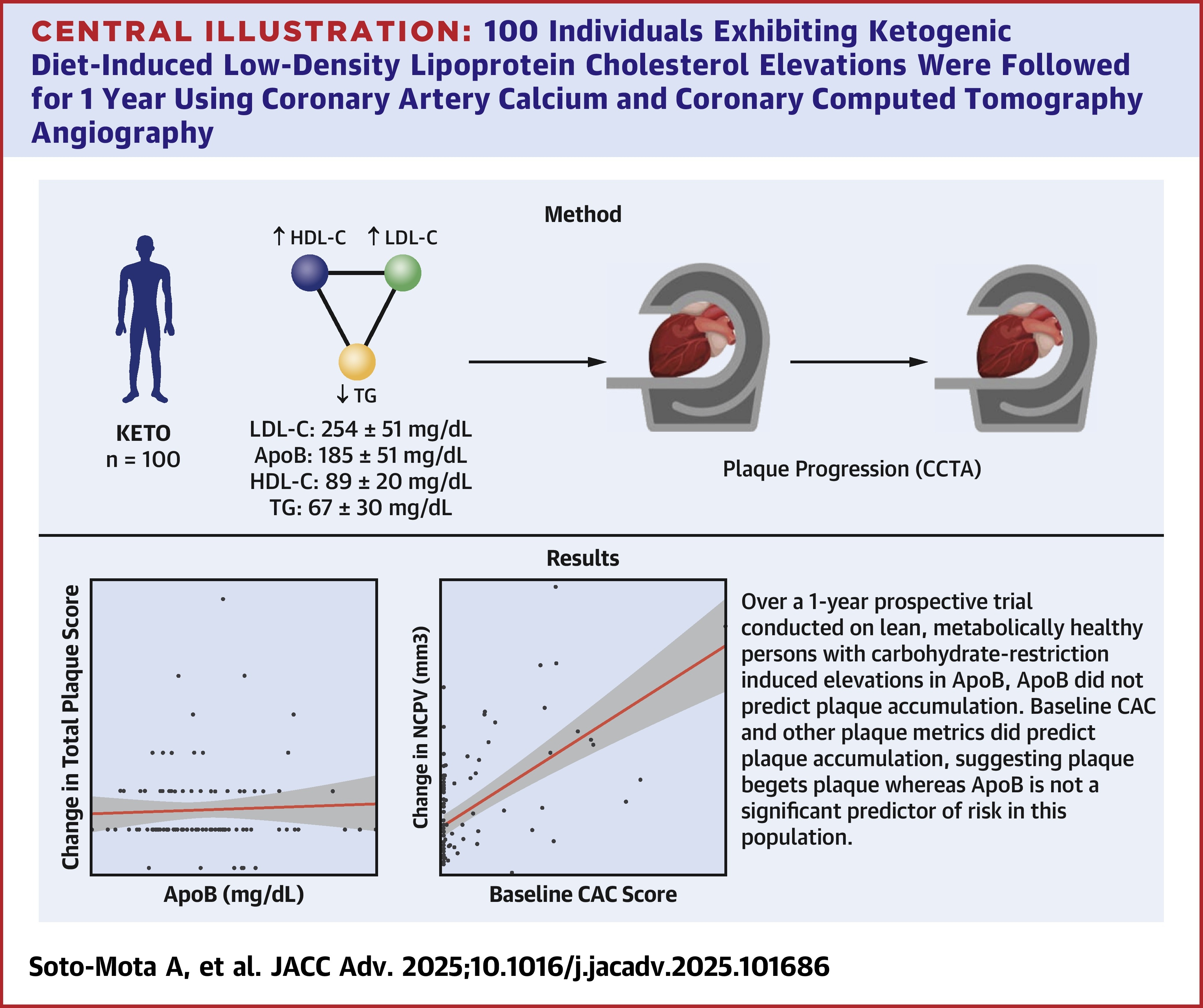Lemmy.world blocks posting from vpns. Are you using a VPN?
jet
plan your own version of the Ozempic diet,
Keto, the glp-1 antagonists mimic low grade ketosis. If you want the same effect, without the downsides or cost, just eat a ketogenic diet.
They did not.
There are no miracle diets, but there are some terrible diets that don't make people healthy.
The hard part is making the thin strips for dehydration or sun-drying
I had LLM generated comments on [email protected] that would READ the posted article, then write a summary, then push in a link to a popular YouTuber's website that also talks about low carb.
We removed them, but it was weird, I think someone was doing a really high effort troll
That is great news for your pemmican experiment! I just got a small dehydrator myself, but don't have suet yet.
It's amazing how energy dense it is, getting full is the super power, you don't need much to keep you going. The power of fatty meat.
I finished the Salisbury book, I don't think its worth the effort to read, there are some interesting insights sprinkled around, but only the first chapter touches upon the Indian lifestyle.
don't forget about the TV show this is based on https://en.wikipedia.org/wiki/Space:_1999
Rogue wondering moon
It can connect to any instance
Not to mention there will be 9 billion people in 2050, and they will need to be kept healthy too
half the worlds farmers depend on draft animals to do any farming, a billion people don't have access to electricity.... any nutrition solution will need to be accessible to these people as well


Any amount of external carbs will cause the release of some amount of insulin.
They could make baked cheese crackers (so no carbs) and then their daily snacking is just fat.